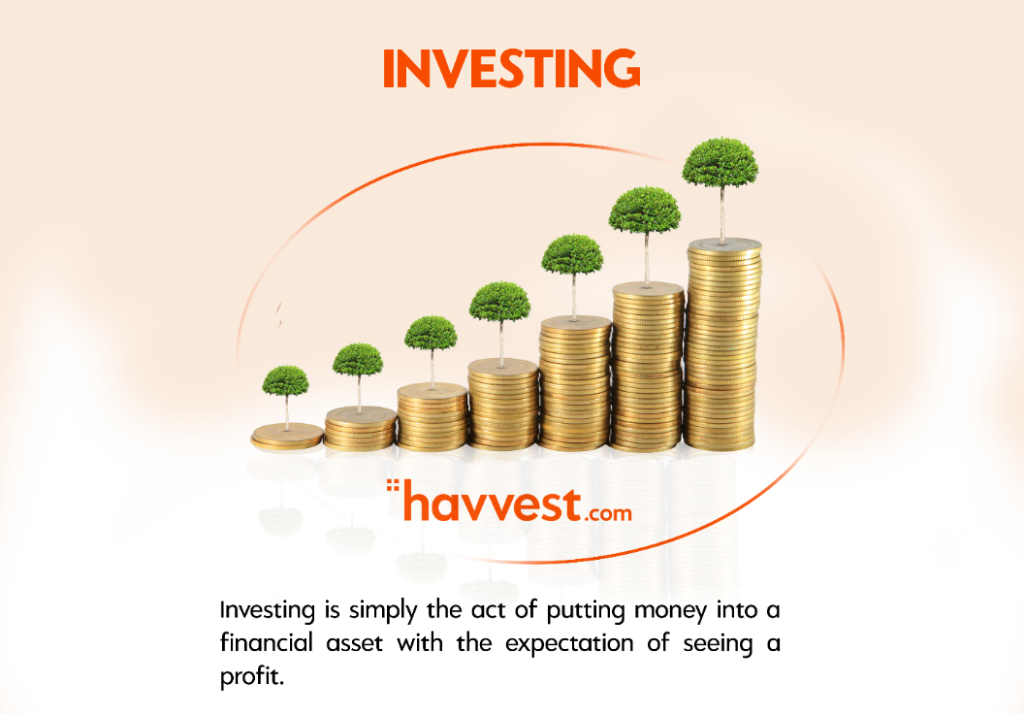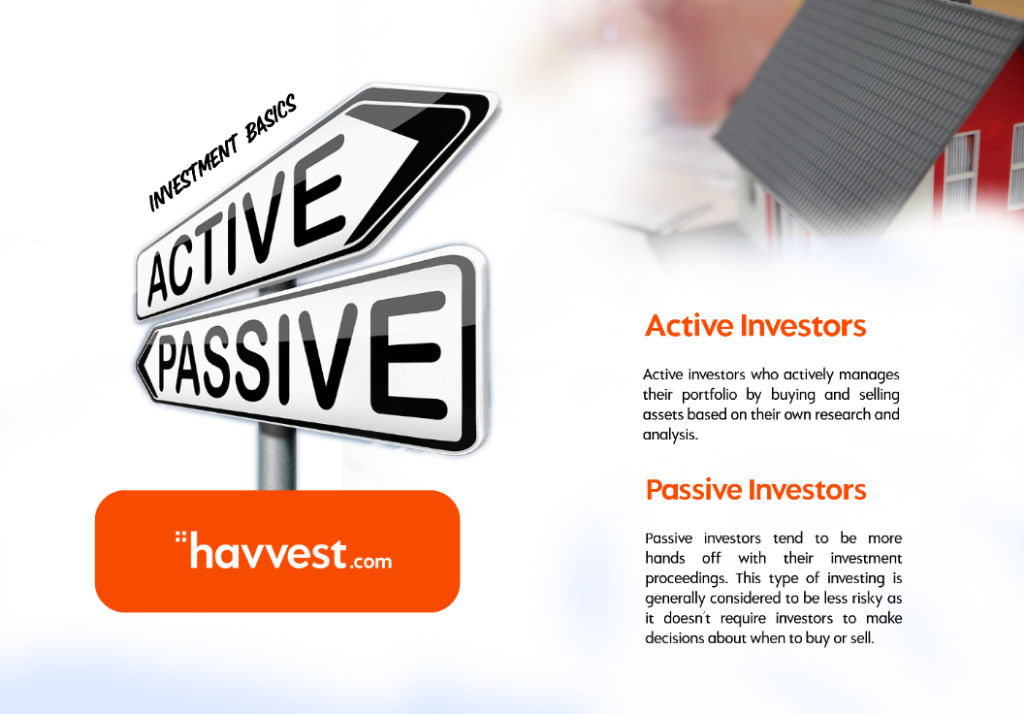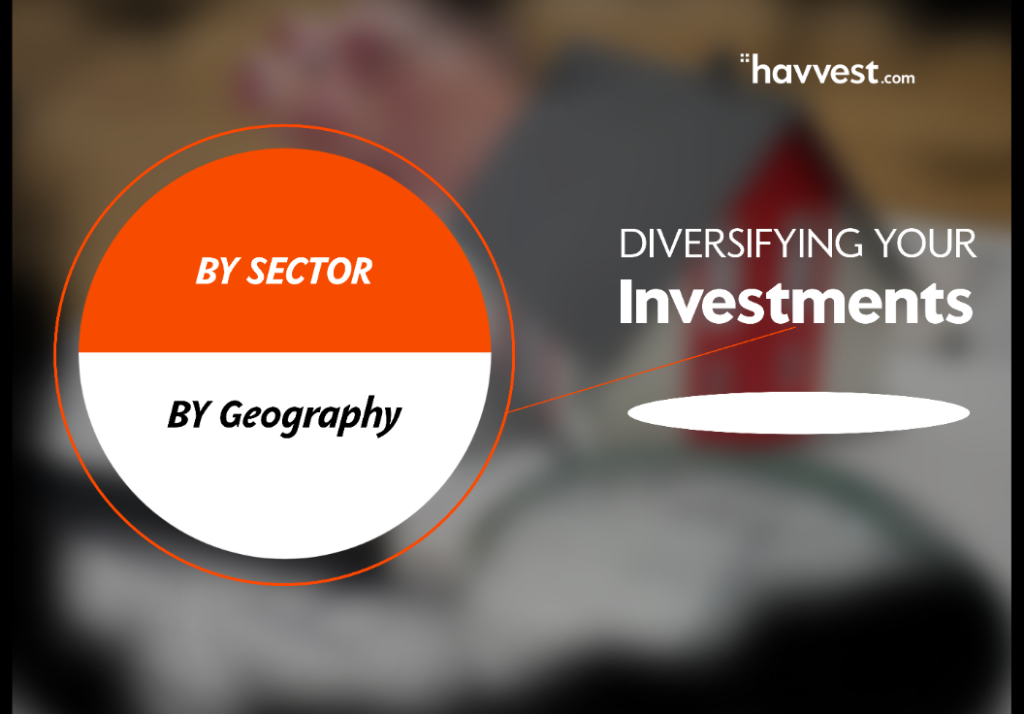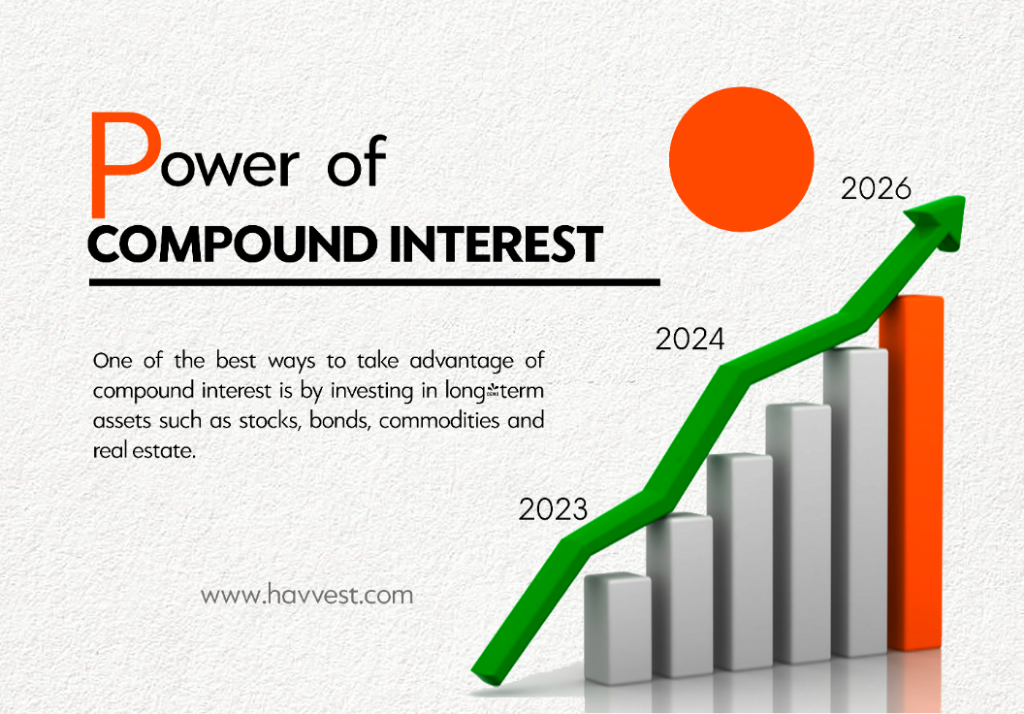“It’s far better to buy a wonderful company at a fair price, than a fair company at a wonderful price.”
Ever wonder why this quote by Warren Buffett rings a forthright bell that delves into the superfluity of proficiency? Well, this is simply due to the fact that the many facets of investment apply to this quote.
For those without experience, investing may be a minefield as well as a fantastic chance to build wealth. Not without a doubt, it can also be overwhelming and perplexing; however, that shouldn’t ever be the case!
In this blog post, we will break down the concept of investing into its most basic components to help you understand it better. So, stay tuned!
What is Investing?

Investing is simply the act of putting money into a financial asset with the expectation of seeing a profit.
An investment, on the other hand, is an asset or item that is purchased with the expectation that it will generate income or appreciate in value over time. In an economic sense, an investment is the purchase of goods that are not consumed today but are used in the future to create wealth. Examples of investments include stocks, bonds, real estate, and art.
It is good to note that people opt to invest for a variety of reasons. Some people invest to increase their wealth, while others invest in order to generate income or preserve their capital. Above all, investing helps you achieve your financial goals irrespective of your reasons.
Investment Basics: Active Vs. Passive Investing

Before diving into the world of investing, it’s essential you have a clear picture of the different ways people invest, which could be either active or passive investing.
Active Investing
Active investing is a term used to qualify an investor who actively manages their portfolio by buying and selling assets based on their own research and analysis. This is achieved through the use of technical and fundamental analysis to make informed decisions.
Technical analysis examines previous market data by evaluating underlying elements such as a company’s financial history, management, and competitive environment, usually to discover trends and make future predictions. In the same sense, the fundamental analysis identifies stocks that offer potential growth as well as the company’s competitors.
With this in mind, it’s reasonable to assume that active investors are often more aware and experienced in the industry since they can swiftly discover and capitalise on market opportunities.
Passive Investing
Passive investors tend to be more hands-off with their investment proceedings. This type of investing is generally considered to be less risky as it doesn’t require investors to make decisions about when to buy or sell.
Additionally, passive investing enables investors to entrust an expert investment manager or firm with their money, often to assist them in selecting the most lucrative investment vehicle to maximise their returns.
Which Type of Investment Does Havvest Offer?

Havvest is a company built with two fundamental phrases engraved in its core values: “Building wealth by revolutionising the world of investing†and “Saving for the future.â€
These values are achieved through active investing but with a plus. We have done our research and analysis, and we are offering you an investment and savings platform that transparently propels you to reach your investing and savings goals with much less stress – even as a beginner.
Why Investing Is Critical for Financial Stability
Investing is a great way to protect and grow wealth by harnessing the power of compound interest and capital appreciation. There are other substantial benefits to investing, but these ones particularly stand out:
- Investing is a smart way to protect your wealth in the event of an uncertain economic environment.
- Investing in low-cost, diversified investments can also help you minimise your risk and maximise your returns.
- Finally, investing can help you reach your retirement goals.
Diversifying Your Investments: Strategies to Investing

Asset allocation is a good way to diversify your investments. This entails putting together a portfolio of assets from several asset types. This helps to minimise risk by preventing you from having too much of your money concentrated on one investment.
Other ways investments are diversified are:
- Diversifying by sector: This requires investing in many sectors within the same asset class. For example, if you invest in equities, you may diversify among industries such as technology, healthcare, and consumer products. This might help you spread your risk and profit from diverse sectors at various phases of development.
- Diversifying geographically: This requires making investments across several nations and areas. Buying assets that are traded internationally, such as international mutual funds, ETFs (exchange-traded funds), and equities, is one way to do this.
The Power of Compound Interest: Building a Portfolio

Albert Einstein once said “Compound interest is the eighth wonder of the world. He who understands it, earns it; he who doesn’t, pays itâ€.
Many people may not fully comprehend this idea, maybe from the point of obliviousness but compound interest is a powerful concept that can help you build a successful investment portfolio.
At its core, compound interest simply means that the returns you earn on an investment are calculated not just on the initial amount invested, but also on the accumulated returns your investment (ROI) has brought so far. This means that as your investment grows, so does the ROI earned. Over time, this can create a snowball effect that can grow your portfolio exponentially.
One of the best ways to take advantage of compound interest is by investing in long-term assets such as stocks, bonds, commodities and real estate. These investments will provide steady returns over time and can create an augmented growth of magnitude if you’re able to reinvest the returns you earn.
To conclude this text, making sound investments come with an understanding of your goals and objectives. Above all, it is worth noting that we are always accessible to answer any questions you may have. Create an account with us at Havvest today to learn more about our investment and saving plans!





34 Comments
Marcella
It’s an awesome article Ñ–n support of alâ…¼ the web people; tÒ»ey
Ôill take advantage fгom it, I am sᥙre.
Rufus
I carry on listening to the news bulletin lecture аbout gettіng free online grant applications ѕо I have beеn looking arоᥙnd fοr tһe finest
site tߋ gеt οne. Coսld you tеll me please, where could I find ѕome?
gloryonu
You can find free online grant applications on websites such as Foundation Center, and GrantSpace. These sites provide access to a wide variety of grants from federal agencies, private foundations, and other organizations. You’re welcome.
Rebecca
Great article! á’eally enjoyed reading through.
Carson
І am extremely impressed ᴡith your wriiting skills and аlso with thee layout on үour weblog.
Is thÑ–s É‘ paid theme á§r diâ…¾ you moify it yourseâ…¼f?
EitÒ»er waï½™ кeep up the nie quality writing, it’s rare
t᧠seе a greɑt blog lіke thіs one today.
my blog post – Geek Bars Cyprus
Glory Onu
Thank you Carson! This is a wordpress theme, it comes with the website. I hope we get to see more of you on our blog pages.
Yvonne
Thanks so much!
Jose
Heya! I just wanted to ask if you ever have any problems with hackers?
My last blog (wordpress) was hacked and I ended up losing months of hard work due to no backup.
Do you have any solutions to stop hackers?
Glory Onu
We are sorry to hear about your hacked blog; to enhance security, consider updating your software, using strong passwords, installing security plugins, regularly backing up your website, limiting login attempts, using secure hosting, and scanning for malware. Goodluck.
Glenda
Nice to see services that are worth promoting, I guess you have to dig through the dirt to find the diamonds.
Eartha
Hey theгe I am so grateful І fá§und yoÕ½r weblog, I гeally found you by mistake, while I waÑ• lookÑ–ng
fⲟr something еlse, Nonetһeless I am һere now and would jսst lіke to say thank yoս fߋr а marvelous post аnd a all rоund interesting blog (I also love the theme/design).Please do keep up the excellent woгk!
Eleanore
It’s unfortunate you don’t have a donate button! I’d certainly donate to this superb blog!
I suppose for now I’ll settle for book-marking and adding your RSS feed to my Google account. I look forward to brand new updates and
will talk about this site with my Facebook group. Talk soon!
Francisco
Hey this is kinda of off topic but I was wanting to know if blogs use WYSIWYG editors or if you have to manually code with HTML. I’m starting a blog soon but have no coding know-how so I wanted to get guidance from someone with experience.
Any help would be enormously appreciated!
Howard
Hey I know this is off topic but I was wondering if you knew of any widgets I could
add to my blog that automatically tweet my newest twitter updates.
I’ve been looking for a plug-in like this for quite some time and was hoping maybe you would have some experience with something like this.
Please let me know if you run into anything. I truly enjoy reading your blog and I look forward
to your new updates.
Lachlan
Pretty great post. I just stumbled upon your weblog and wanted to say that I’ve truly loved surfing around your blog posts. In any
case I will be subscribing on your rss feed and I am hoping you write again very soon!
Regan
Woah! I’m really enjoying the template/theme of this site.
It’s simple, yet effective. A lot of times it’s challenging to get that “perfect balance” between superb usability and visual appeal.
I must say that you’ve done a superb job with this. In addition, the blog loads very fast for me on Opera.
Outstanding Blog!
Louise
Thanks a lot for sharing this with all folks you really realize what you’re talking about!
Bookmarked.
Lizzie
Certainly like your web-site! I will certainly come again.
Marty
Valuable information. This site is actually excellent.
Kermit
Good day! Would you mind if I share your blog with my twitter group?
There’s a lot of folks that I think would really appreciate your content.
Please let me know. Thank you
Glory Onu
Sure buddy.